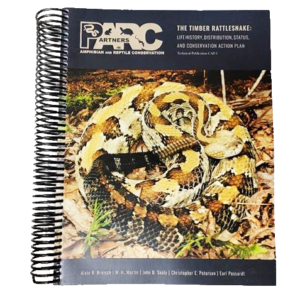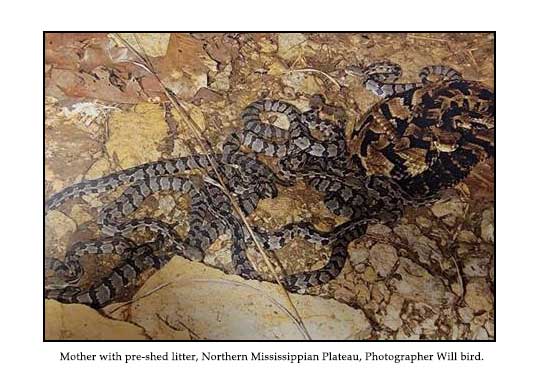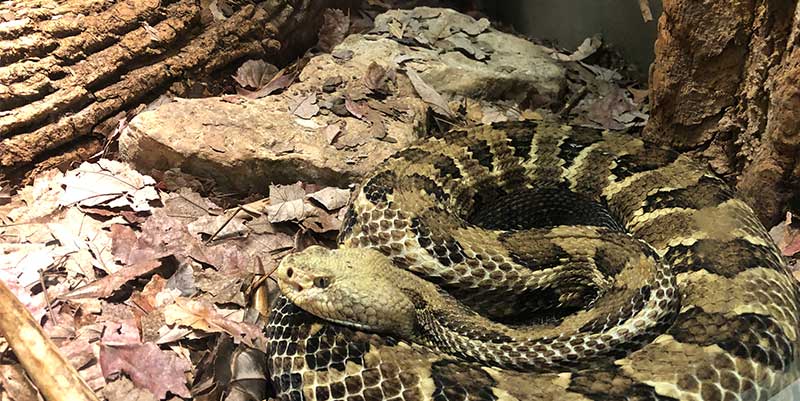 The Louisville Zoo is excited to recognize our staff members that contributed to the published work, “The Timber Rattlesnake: Life History, Distribution, Status, and Conservation Action Plan,” released by Partners in Amphibian and Reptile Conservation(PARC).
The Louisville Zoo is excited to recognize our staff members that contributed to the published work, “The Timber Rattlesnake: Life History, Distribution, Status, and Conservation Action Plan,” released by Partners in Amphibian and Reptile Conservation(PARC).
The authors contacted the leading biologists in every state and province to contribute the material for this species in their general area. Several Louisville Zoo staff members contributed along with our professional colleagues from Kentucky Department of Fish and Wildlife Resources, Kentucky Reptile Zoo, and University of Kentucky to draft the Kentucky section of this work. Louisville Zoo contributions included research from a study that involved the use of radiotelemetry, tracking and monitoring of timber rattlesnakes for five years in Bernheim Forest. The study was headed up by Ectotherm Curator Bill McMahan and conducted with assistance from Michael Jones and Will Bird. The PARC conservation action plan also includes photos of timber rattlesnakes by Will Bird from his time tracking them.

The PARC plan was developed by a team of more than seventy-five concerned rattlesnake biologists from federal and state agencies, universities, and private institutions, as well as environmental consultants and private citizens. The approximately 475-page book is divided into two parts and contains more than 250 images from 90 photographers and more than 40 maps.
Part I of the document presents an overview of the life history, genetics, ecology, distribution, status, and threats to the continued existence of timber rattlesnakes from a range-wide perspective along with recommendations for conducting population assessments.
Part II of the document presents the legal status, distribution, population status, habitat needs, active period, threats, and management actions for timber rattlesnakes on a state-by-state (or province-by-province) basis.
The information provided in this plan may serve as a reference for landowners, land managers, and government agencies at all levels to enable them to develop science-based management and conservation plans for timber rattlesnake populations and protect habitats for which they have responsibility. The guidance provided in this plan will also be of value to environmental consultants as they develop recommendations for developers, and to researchers who endeavor to fill in gaps in our knowledge concerning the species’ distribution and ecology.
The result is what will likely be known as the defining work for this species for many years.

